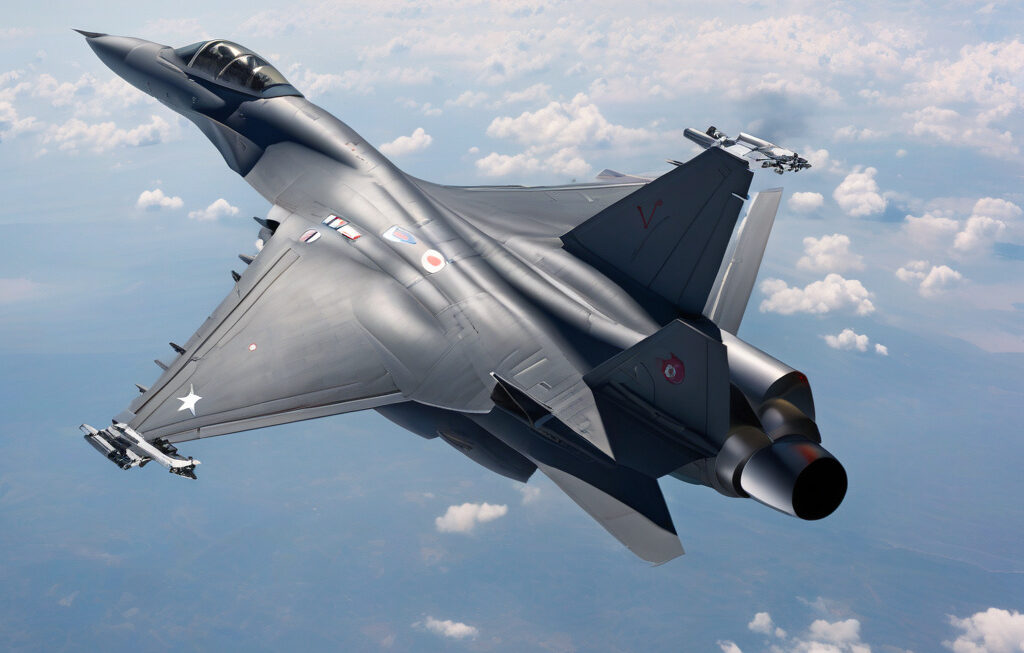China’s Groundbreaking ‘Invisible’ Radar: Redefining Military Warfare
A team of researchers from China claims it has developed a radio “telepathy” radar that could potentially revolutionize the landscape of military warfare. This cutting-edge technology, if successfully implemented, could enable China’s military to engage in combat operations without being detected on conventional radar systems, essentially rendering them invisible on the battlefield.
The concept of an ‘invisible’ radar may sound like something out of a science fiction novel, but the implications of such technology are very real. By harnessing the power of radio “telepathy,” Chinese military forces could conduct strategic operations with a significantly reduced risk of detection by enemy forces. This could provide them with a crucial tactical advantage during conflicts, allowing them to strike swiftly and effectively while remaining undetected.
One of the key advantages of this new radar technology is its ability to operate without emitting detectable electromagnetic signals. Traditional radar systems work by emitting radio waves that bounce off objects and return to the radar, allowing operators to detect the presence of aircraft, ships, or other objects. However, this also makes them vulnerable to detection by enemy radar systems, effectively giving away their position.
In contrast, China’s ‘invisible’ radar operates using a different principle. By utilizing radio “telepathy,” the radar can supposedly detect objects without emitting any detectable signals, making it extremely difficult for enemy forces to pinpoint its location. This could give Chinese military forces a significant edge in terms of stealth and deception, allowing them to carry out operations with a much lower risk of detection.
The development of this groundbreaking radar technology underscores China’s ongoing efforts to modernize and enhance its military capabilities. As the geopolitical landscape continues to evolve, nations around the world are investing in cutting-edge technologies to maintain a competitive edge in an increasingly complex and contested environment. China’s focus on developing advanced radar systems is just one example of its broader strategy to enhance its military readiness and effectiveness.
However, the deployment of ‘invisible’ radar technology also raises important questions and concerns. As with any new military technology, there are potential risks and ethical implications to consider. The ability to conduct operations without being detected could potentially escalate tensions and lead to unintended consequences if not used responsibly. Additionally, the development of such stealthy technologies could spark an arms race as other nations seek to develop similar capabilities to counter this new threat.
In conclusion, China’s development of an ‘invisible’ radar system represents a significant milestone in the evolution of military technology. If successfully deployed, this cutting-edge radar technology could provide Chinese military forces with a critical advantage on the battlefield, enabling them to conduct operations with unprecedented stealth and precision. However, it also raises important questions about the implications of such technology and the need for responsible use in an increasingly complex and interconnected world.
China, radar, military, technology, warfare












